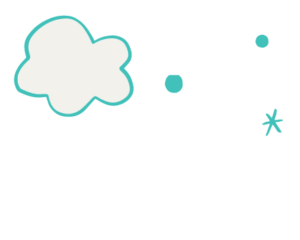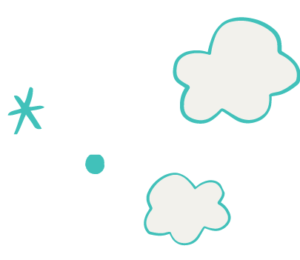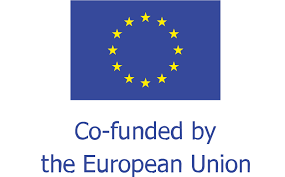Instructions
- Explain to the learners that we are going to explore your realistic goals and start to form a plan to achieve these. Explain what the GOOD method is (below) and work through the questions for each point on a specific goal(s).
- Goals – define the most important goals a client wants to work toward
- Options – explore option is available to help them move forward
- Obstacles – name obstacles that might get in the way of progress
- Do – specify what is the client going to do specifically and by when
- To expand on these steps of the GOOD model, here are questions you can ask at each stage and all while practicing empathy, active listening, and providing support.
Goal phase:
- What is a goal you want to focus on?
- When you are successful with this goal, what will it look like?
- What makes this goal important to you?
- How does this goal fit into your vision?
- When you reach your desired outcome, how would you like to feel?
- What type of change would make your life even better?
Options phase:
- What is some way your goal could be accomplished?
- Tell me about a time you accomplished something similar?
- What ways have you seen others approach such a task?
- What action can you take to achieve your goal?
- If you choose not to take some of the actions, what will be the impact?
Obstacles phase:
- What could get in the way of you moving forward with pursuing your goal?
- What external challenges might interfere?
- What internal challenges might get in the way?
- Who can you get support from?
Do phase:
- What strategies are you willing to employ to reach your objective?
- What specifically are you going to do, and when?
- How will you know you’re making progress?
- What is the most immediate action you can take, and when?
- How long will it take, and when will you complete it?
Collecting and sharing student results
We will collect what the learners have written and review this with them at set intervals to continue their motivation when working towards set goals
Instructions
- Explain to the learners that we are going to explore your realistic goals and start to form a plan to achieve these. Explain what the GOOD method is (below) and work through the questions for each point on a specific goal(s).
- Goals – define the most important goals a client wants to work toward
- Options – explore option is available to help them move forward
- Obstacles – name obstacles that might get in the way of progress
- Do – specify what is the client going to do specifically and by when
- To expand on these steps of the GOOD model, here are questions you can ask at each stage and all while practicing empathy, active listening, and providing support.
Goal phase:
- What is a goal you want to focus on?
- When you are successful with this goal, what will it look like?
- What makes this goal important to you?
- How does this goal fit into your vision?
- When you reach your desired outcome, how would you like to feel?
- What type of change would make your life even better?
Options phase:
- What is some way your goal could be accomplished?
- Tell me about a time you accomplished something similar?
- What ways have you seen others approach such a task?
- What action can you take to achieve your goal?
- If you choose not to take some of the actions, what will be the impact?
Obstacles phase:
- What could get in the way of you moving forward with pursuing your goal?
- What external challenges might interfere?
- What internal challenges might get in the way?
- Who can you get support from?
Do phase:
- What strategies are you willing to employ to reach your objective?
- What specifically are you going to do, and when?
- How will you know you’re making progress?
- What is the most immediate action you can take, and when?
- How long will it take, and when will you complete it?
Collecting and sharing student results
We will collect what the learners have written and review this with them at set intervals to continue their motivation when working towards set goals
Assessment Methods
- Worksheet
- Monitor progress against goals set at in this activity at set intervals
Resources needed
- Paper and Pens or laptop


 20-60 Minutes
20-60 Minutes










